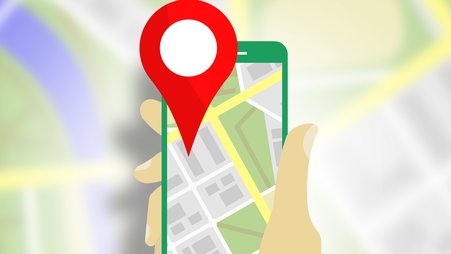Online attacks of reporters and newsrooms are a serious and growing threat to the sustainability of journalism, with a growing recognition that management and leadership need to be doing more to protect colleagues.
Through interviews with journalists and professionals who defend news organizations, like digital security experts, we found that we can learn a lot from what newsrooms are already doing to address harassment of their reporters. Unfortunately, there’s still a long way to go, according to our recently published research.
Journalists who find themselves being shouted down on the internet may assume it’s a grassroots movement, or bottom-up mob, tied to the actors mentioned in their most recent published work. We found, however, that technology plays a larger role in amplifying attacks: Sometimes these mobs are state-aligned, directly state-sponsored, or bots posing as a collective controlled by a single actor or group.
Investigative tech reporter Yael Grauer, who has faced online harassment for her work, told us that she feels there should be pushback from within the news organization when online attacks occur. She cites having witnessed some organizations handle this better than others, recounting instances where supportive editors on Twitter respond to online harassers and trolls in defense of targeted colleagues. “It’s not the writer responding,” Grauer said, “it’s the editors swatting the trolls on their behalf.”
A constellation of people working to help media organizations address the safety of their staff also exists. From security specialists that build out information security and safety policies to newsroom infrastructure staff that educate journalists on the organization’s security capacities, there has been forward movement on creating information security cultures. The difficulty, we find, is that these cultures within newsrooms remain nascent, ad hoc despite increasingly vitriolic environments facing the media.
Journalists are experiencing attacks from online mobs with increasing intensity. The properties of the web make identifying the harassing actors more difficult. But given the serious repercussions attacks have on journalists — including trauma, self-censorship, and burnout — these are substantial threats to the sustainability of journalism and its crucial role in our democracy.
Read the full article in the journal “Digital Journalism”: “Expanding the Analytical Boundaries of Mob Censorship”
Contact:




